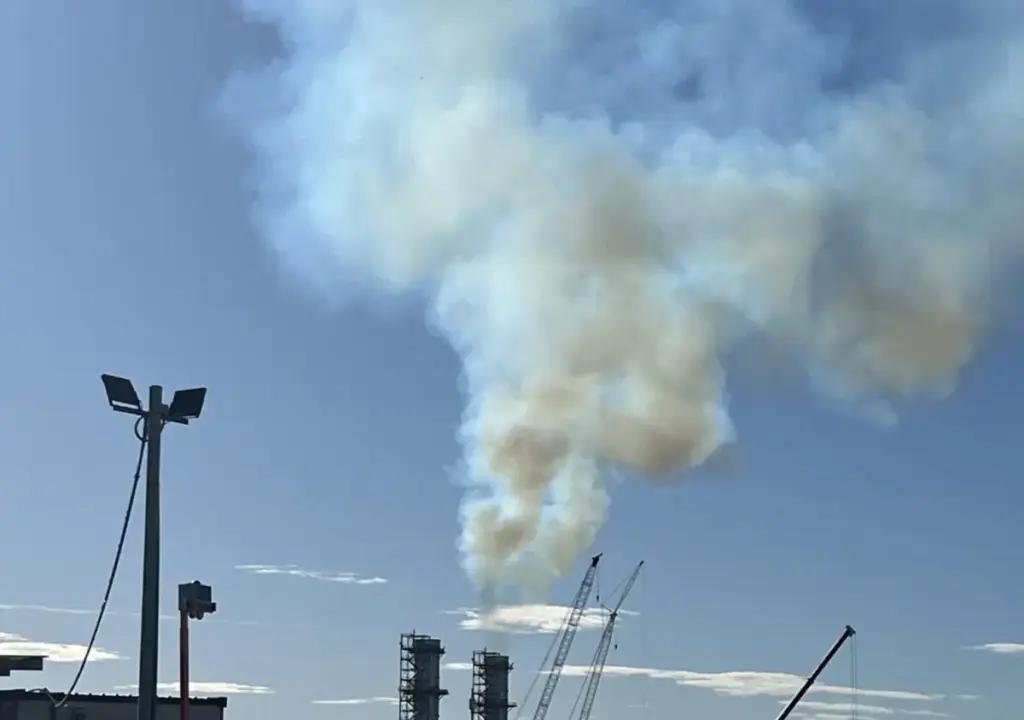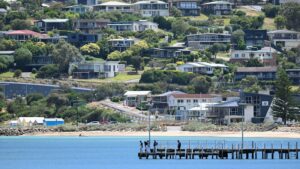
As Snowy Hydro’s Kurri Kurri Gas/Diesel Power Station enters its testing phase, generating intermittent power, it is crucial to reflect on its tumultuous history. The project, initially estimated at $600 million, has ballooned to over $2 billion, marking one of Australia’s most controversial energy endeavors. This development, aimed at replacing the Liddell coal-fired power station, has been fraught with financial overruns, political disputes, and logistical challenges.
The project was initiated in September 2020 when the Morrison Government set a target for the electricity sector to build 1,000 megawatts (MW) of new dispatchable energy before Liddell’s closure in April 2023. With no immediate response from the private sector, the government authorized Snowy Hydro to construct a 660 MW gas/diesel power station at Kurri Kurri in New South Wales. The original plan was to complete the project by December 2023, but the timeline has been extended multiple times, with full commercial operation now expected by the end of 2025.
Escalating Costs and Delays
The financial trajectory of the Kurri Kurri Power Station has been anything but stable. The initial cost of $600 million quickly rose to $765 million, then $950 million, and eventually $1.3 billion. Additional expenses related to financing and gas infrastructure have further inflated the total to over $2 billion. This escalation occurred despite assurances in the project’s Business Case that a 20% increase in capital costs was ‘improbable’.
Completion has been delayed six times, with the power station now expected to be operational more than two and a half years after Liddell’s closure. The delays have raised concerns about the project’s ability to meet its original goals of keeping energy prices low, ensuring reliable power supply, and reducing emissions.
Technical Challenges and Limitations
One of the critical issues facing the Kurri Kurri Power Station is its inability to provide 24/7 dispatchable energy. Located at the end of the Sydney-Newcastle Trunkline, the station requires a 21 km lateral pipeline and extensive on-site storage to function. The storage, consisting of 24 kilometers of looped one-meter diameter pipe, can fuel the station for only 10 hours at full output. Once depleted, refilling the storage takes over a day, assuming gas is available for purchase.
Furthermore, Snowy Hydro’s Environmental Impact Statement (EIS) documents indicate that batteries outperform gas generators for short periods, which is all that Kurri Kurri is capable of. The station’s ‘fast start’ capability takes half an hour to reach capacity, significantly slower than the milliseconds required by batteries. Diesel, while available as a backup, is both expensive and highly polluting.
The Hydrogen Controversy
When the Morrison Government approved the project, the Labor Opposition criticized it as politically motivated. However, nine months later, Anthony Albanese pledged to invest an additional $700 million to convert the station to run on 30% green hydrogen initially, increasing to 100% by 2030. This pledge was made despite Snowy Hydro’s previous statements that hydrogen was neither viable nor available.
Subsequent to Labor’s election, Snowy Hydro reported efforts to achieve hydrogen readiness, although a formal business case has yet to materialize. While the turbines are reportedly ‘hydrogen-ready’ for 15%, extendable to 30% at a cost of $75 million, the station lacks the necessary infrastructure to store hydrogen, and there is no foreseeable supply.
Minister Bowen recently acknowledged that green hydrogen might only play a “niche” role in power generation, as renewables backed by batteries are “cheaper and better”.
Political and Economic Implications
The Kurri Kurri Power Station saga highlights the complex interplay between politics and energy policy in Australia. Both Coalition and Labor governments have been accused of prioritizing political gains over sound technical and economic reasoning. The project has proceeded without independent due diligence, leaving Australian taxpayers to fund a power station that may never fulfill its intended purpose.
As the station nears completion, its future remains uncertain. It faces competition from more efficient and environmentally friendly battery storage solutions and is unlikely to transition to hydrogen. The project underscores the need for careful planning and evaluation in future energy initiatives to avoid similar pitfalls.
Looking ahead, the Kurri Kurri Power Station serves as a cautionary tale for policymakers and industry leaders. It highlights the importance of aligning energy projects with technological advancements and market realities to ensure sustainable and cost-effective outcomes for the nation.







